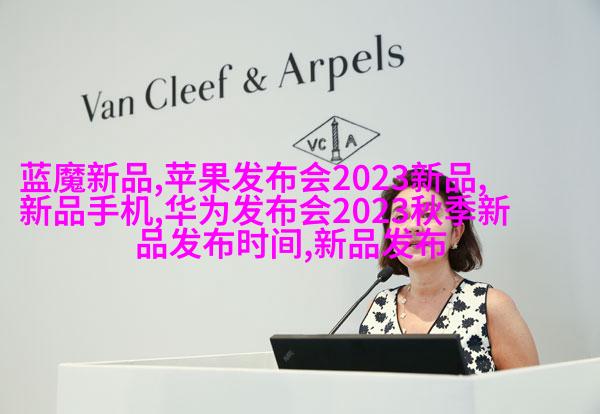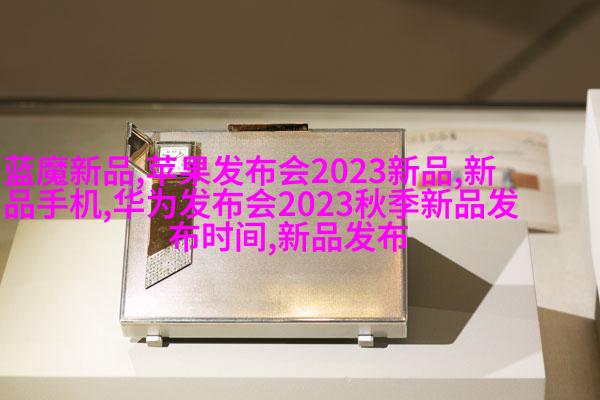金属管材选择:波纹管与编织管的比较分析

在工程建设和工业应用中,金属管材是不可或缺的材料之一。由于其强度、耐久性以及抗腐蚀性能,它们被广泛用于输液系统、气体传输、压力容器制造等领域。不锈钢波纹管和编织管都是常见的两种类型,它们各有优点和适用场景,下面我们将对它们进行详细的比较分析。
材质特性

不锈钢波纹管以其良好的耐腐蚀性能而著称,其表面具有自然形成的一层氧化膜,这一膜可以有效阻挡外界化学物质对内部结构造成破坏。此外,不锈钢波纹管具备较高的强度和韧性,使得它能够承受较大的压力,同时保持结构稳定。而编织管则主要由碳钢制成,其成本相比于不锈钢更低,但同时也降低了其抗腐蚀能力。
生产工艺

不锈钢波纹管通常采用冷拉成型工艺,这一过程通过冷却使得金属更加紧密,提高了整体强度。而编织管则是通过热轧或冷轧来生产,其加工方式决定了最终产品的机械性能。在设计时需要考虑到不同材料之间差异,以确保所选材料能满足项目需求。
应用范围

不锈steel wave pipe due to its excellent corrosion resistance and high strength, it is widely used in harsh environments such as chemical plants, oil refineries, and marine facilities. On the other hand, woven pipes are more suitable for applications where cost-effectiveness is a priority, such as water supply systems or low-pressure gas transmission.
安装难易程度

Welded connections are commonly used in both types of pipes; however, the installation process can be different depending on the material properties. Due to its higher strength and rigidity, notched steel wave pipe may require additional support during installation to prevent deformation or damage.
维护与寿命
Both types of pipes require regular maintenance to ensure their longevity and optimal performance. However, due to its better corrosion resistance properties notched steel wave pipe generally has a longer lifespan compared with woven pipes when exposed to corrosive substances.
环境影响
The selection of metal tubes also takes into account environmental factors such as heat transfer efficiency and noise reduction requirements during transportation or use of fluids/gases through these systems.
In conclusion, choosing between notched steel wave tube and woven tube largely depends on specific application conditions including materials' strengths required by project specifications along with budget constraints that might influence decision making process while considering long term durability benefits offered by each type separately